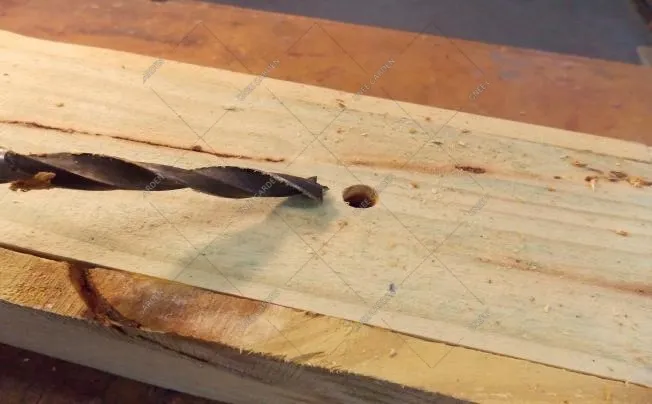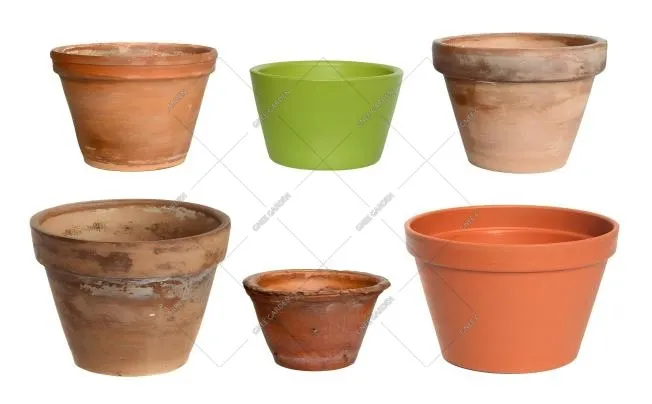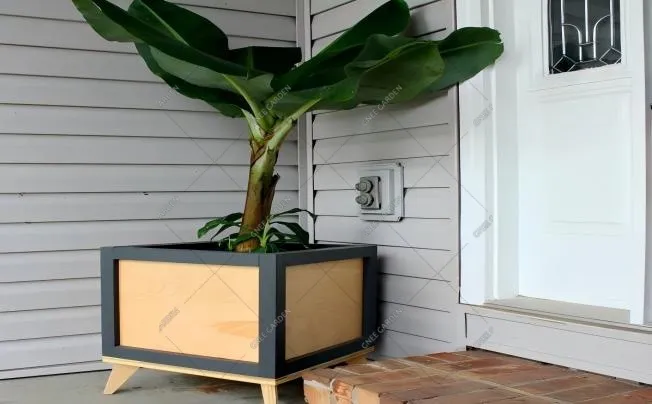Do I Need To Drill Holes In The Bottom Of My Planter Box?
Do I need to drill holes in the flower pot box's bottom? In actuality, this seemingly straightforward query is crucial to plant growth.
Benefits of drilling
Preventing waterlogging and drainage
Installing a "drain valve" on the flower pot is analogous to drilling holes. The soil is always maintained within an appropriate humidity range since too much water can swiftly escape via the tiny holes. In this manner, the plants' roots can take in adequate water without becoming "flooded" with it. Drilling holes at the bottom can significantly lessen the danger of root rot for plants that are water-sensitive and whose roots are not resistant to waterlogging, such as longevity flowers, cacti, and succulents.
Airflow
The roots will be in a state of "hypoxia" if the bottom of the flower pot is closed, which will hinder airflow into the deep soil, slow down development, reduce resistance, and make it more vulnerable to pest and disease attacks.
Following the drilling of holes in the bottom, fresh air may continuously enter the soil to "deliver oxygen" to the roots, allowing the air to circulate both within and outside the flower pot.

Considerations for not drilling holes
Needs for indoor cleaning
Drilling holes may present some small issues if you are growing flowers indoors, especially if you are placing flower pots on expensive furniture, wooden floors, or carpets. For instance, if you place a flower pot with holes drilled at the bottom and regular drainage on the gorgeous solid wood coffee table in the living room, water stains will unavoidably detract from the coffee table's appearance and lifespan. A non-drilled flower pot box with a tray is a better option for those who value cleanliness above all else and don't want to clean the floor often due to watering. To prevent contaminating the surroundings, the tray can collect extra water that leaks out. All you have to do to maintain the room dry and clean is to periodically empty the water that has gathered in the tray.
Particular preferences for plants
Furthermore, certain unique plant species do not require drainage from the flower pot's bottom. Because they are suited to the aquatic environment by nature, aquatic plants like lotus, pennywort, and water lily require their roots to be submerged in water for an extended period of time in order to flourish. Drilling holes in the flower pot box's bottom will ruin the growing circumstances for these plants by allowing water to escape too quickly, which will stunt their growth. Therefore, drilling holes in the flower pot box's bottom is not necessary if you are growing this type of particular plant. By using their specific maintenance techniques, you can keep them vibrant.

How to drill correctly?
Selection of tools
Electric and manual drills are the more popular options for the majority of home flower enthusiasts. Because they are simple to use, require no electricity, are portable, and are reasonably priced, manual drills are a good option for friends and beginners who just need to drill a few holes once in a while. Its drawbacks, however, are that it requires more physical exertion and drills more slowly. You can grow exhausted and experience hand pain if you have to handle a lot of flower pots. Electric drills can finish drilling jobs faster and with considerably more efficiency, saving time and labour. However, when using electric drills, you must be mindful of safety. The cost is comparatively significant, and improper operation may result in unintentional harm. Having an electric drill is quite useful if you frequently undertake house repairs or crafts. There are numerous other uses for it besides drilling holes in flower pots.
The material of the flower pot box determines which drill bit to use. It is advised to use a glass drill bit or a tile drill bit if the flower pot box is ceramic. This kind of drill bit may successfully lower the chance of porcelain cracking because of its high hardness and good wear resistance. You can use regular twist drills on plastic flower pots because they are rather soft, but you need be careful to regulate the force to avoid the drill "going off track" and creating uneven holes. Furthermore, it is crucial to consider the drill bit's dimensions. In general, most plants may have their drainage demands met by drainage holes that are 5–10 mm in diameter. You must pick a suitable hole depending on the size of the flower pot and the kind of plant since too small holes will not drain well and too big holes will easily cause soil to lose too quickly.

Selected Blogs
-
What customization services are available for metalworking customization?
2024-12-12
-
What Is The Difference Between A Plant Container And A Raised Bed?
2024-04-23
-
Garden Screening & Fence Panels
2024-04-23
-
Gardening pot selection tips
2024-04-17
-
The function and collocation of horticultural fire pot
2024-04-17


